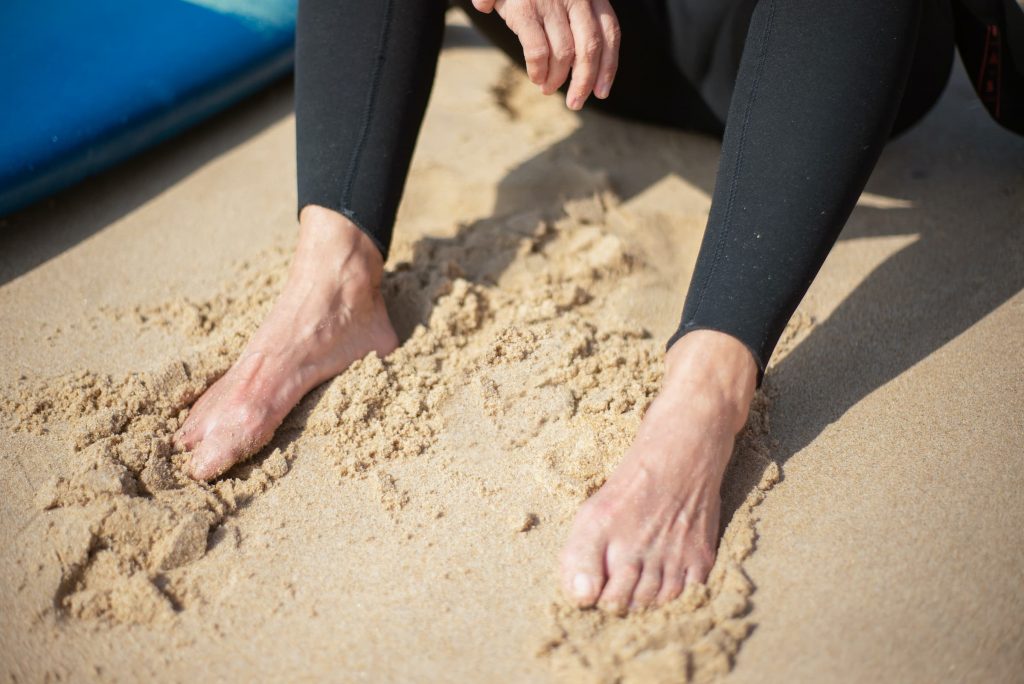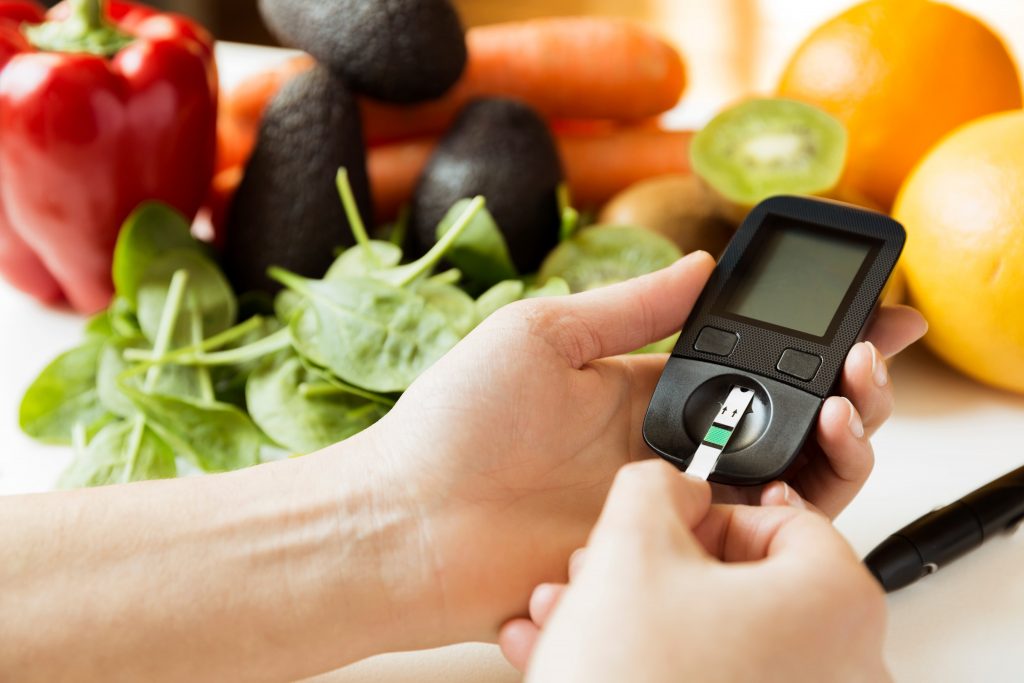Summer is a time of fun-filled activities. We all have a variety of interests to keep us busy in the summer months: cycling, camping, fishing, gardening, golf, hiking or walking, water activities and picnics. This month we will discuss ways to navigate summer activities safely. Making a plan is key to caring for your health and having fun. Next month we will cover making a travel plan.

Step 1: Make a Plan
Make a plan for monitoring your blood sugar and treating high (hyperglycemia) or low blood sugar (hypoglycemia ). It is essential to carry supplies to treat these conditions. If you don’t know what you need to carry, talk to your doctor or diabetes educator.
Let’s review the things that raise and lower blood sugar levels.
High blood sugar is caused by
- too much food or sugary drinks and desserts
- being inactive
- missing medication doses
- stress or illness (including sunburn)
- dehydration
Low blood sugar is caused by
- Taking certain medicines and not eating enough
- Skipping or delaying meals
- Too much diabetes medicine
- Being more active than usual
- Illness (especially vomiting)
- Alcohol

Step 2: Stay Cool
Take extra precautions for heat and humidity. People with diabetes may not tolerate heat well.
Try to perform outdoors work or exercise in the early morning or late evening when the temperature is cooler. CDC suggests checking the heat index – a combination of temperature and humidity. Take steps to stay cool when it reaches 80 degrees in the shade with 40% humidity or above. The heat index may be 15 degrees higher in full sunlight, so try to stay in the shade when possible.

Step 3: Make a Checklist
Refer to and follow the latest recommendations. The CDC suggests making a summer check-list.
- Drinking plenty of water
- Testing your blood sugar often
- Keeping medicines, supplies and equipment out of the heat
- Staying inside in air-conditioning when it’s hottest
- Wearing loose, light clothing
- Getting medical attention for heat-related illness
- Making a plan in case you lose power
- Having a go-bag ready for emergencies

Step 4: Watch your feet
Pay special attention to your feet
- Wear supportive walking shoes and clean, good quality socks
- Check your feet after activity – at least daily. Looking for cuts, sores, blisters, redness and calluses. Feel for hot spots or breaks in the skin. Use a small mirror if needed.
- If you notice problems, delay exercise until you check with your doctor. Keep a close eye on the areas.
- Wash your feet with warm water and mild soap daily. Dry them well, especially between the toes.

Step 5: Watch What You Eat
Think about the food. Summer is a great time to gather with friends and family. As the weather heats up, you may find yourself moving your meals outdoors. If you end up hosting a backyard BBQ or get invited to a potluck, here are some things to keep in mind regarding food safety & several healthy recipes to try.
Food safety
Stay out of the danger zone. Bacteria can grow rapidly when food is not stored at the right temperature and can lead to illness. Here are some guidelines to remember:
- Keep cold foods at or below 40°F by keeping them in the refrigerator or in a cooler using ice packs.
- Keep hot foods at or above 140°F by using warming plates or keeping food on the grill or in a slow cooker.
Never leave food out for more than 2 hours. On very hot days, don’t leave food out for more than 1 hours.
Use a food thermometer to check the internal temperature of all meat. The safe minimum internal temperature needed to destroy harmful bacteria is:
- Hamburgers, sausages, and other ground meats should reach 160°F.
- All poultry should reach 165°F.
- Fish should be cooked to 145°F.
- Whole cuts of beef, lamb, pork, & veal should be cooked to 145°F and allowed to rest for three minutes before eating.
If you have questions about safe food storage, handling, & preparation of meat, poultry, and egg products, call the USDA Meat & Poultry Hotline toll-free at 1-888-MPHHotline.
Healthy Eating
Try lightened up versions of your summer favorites. Here are some of our favorite ideas:
- Instead of a traditional hamburger, try using a lower saturated fat meat like chicken:
- Instead of traditional potato salad, try this mayo free recipe that also includes a surprise vegetable, cauliflower
- Instead of traditional baked beans, try this fiber-packed bean salads with no added sugar
- If you’re looking for a non-starchy vegetable salad, try this simple summer cucumber and tomato salad, this spinach avocado and summer berry salad, or this asian kale slaw.
- And if you want to end your meal with a refreshing sweet treat, try this berry dessert.
For more healthy summer recipe ideas, visit the American Diabetes Association’s recipe website.


